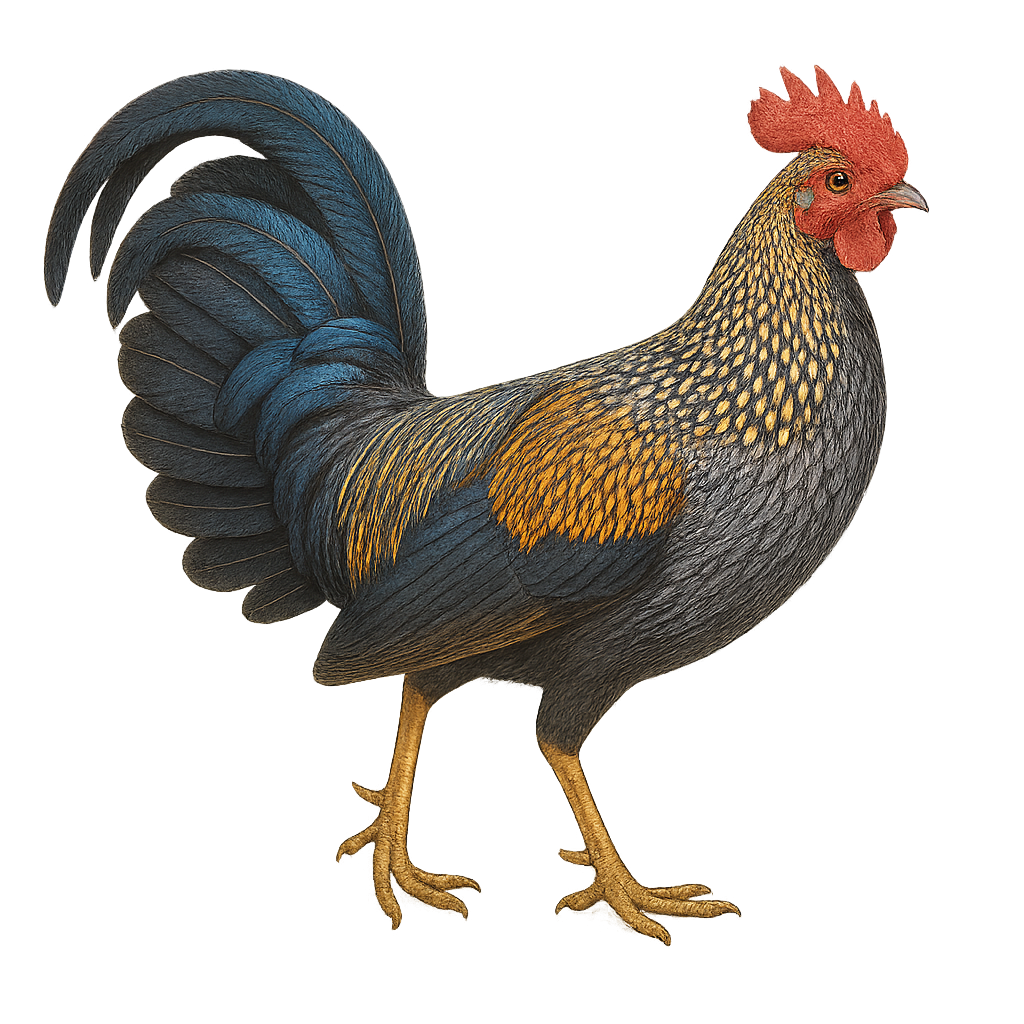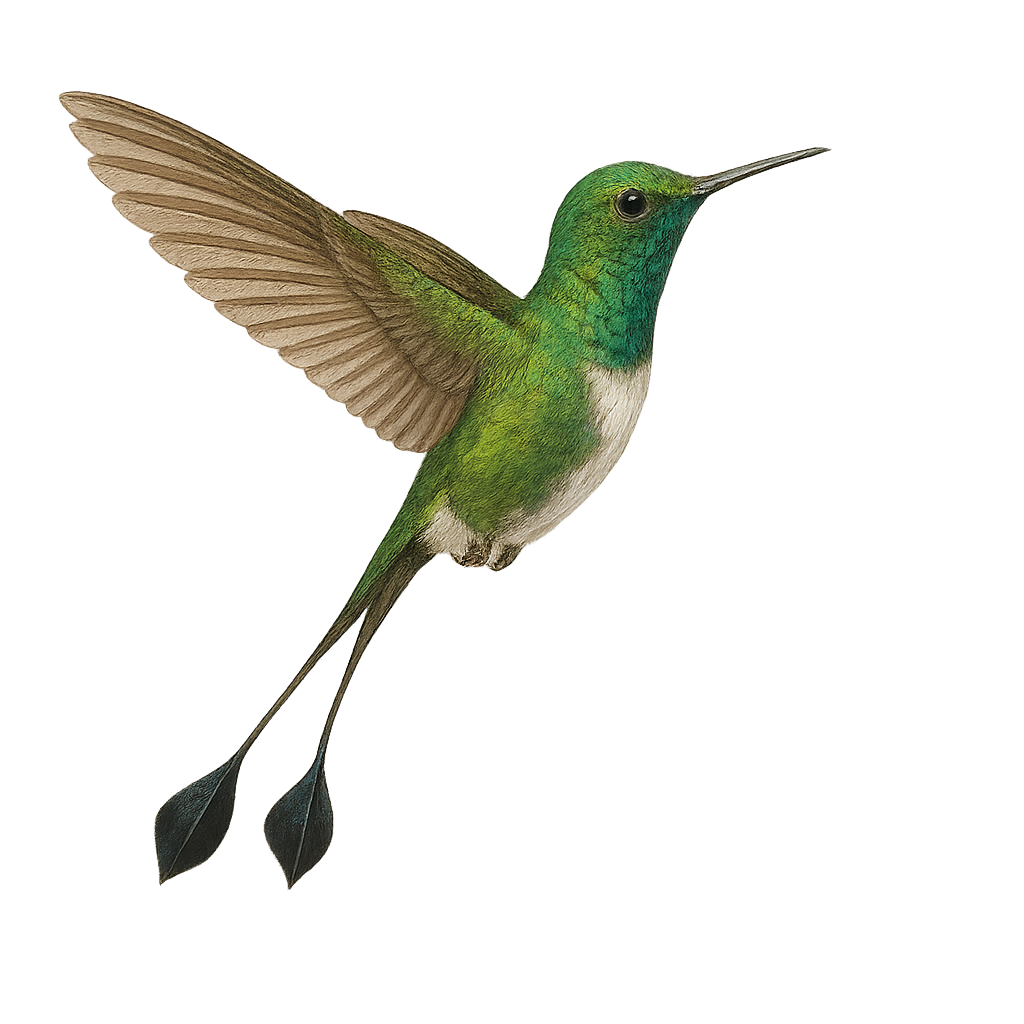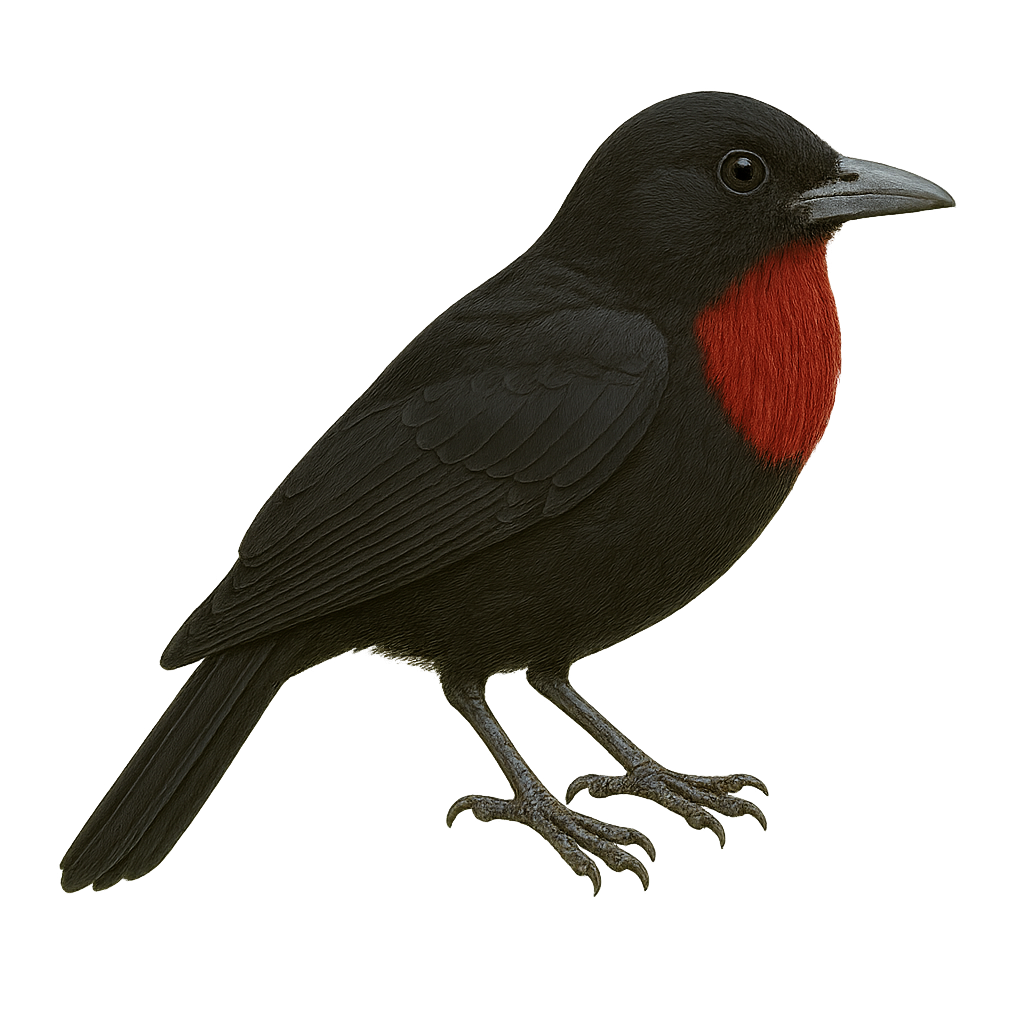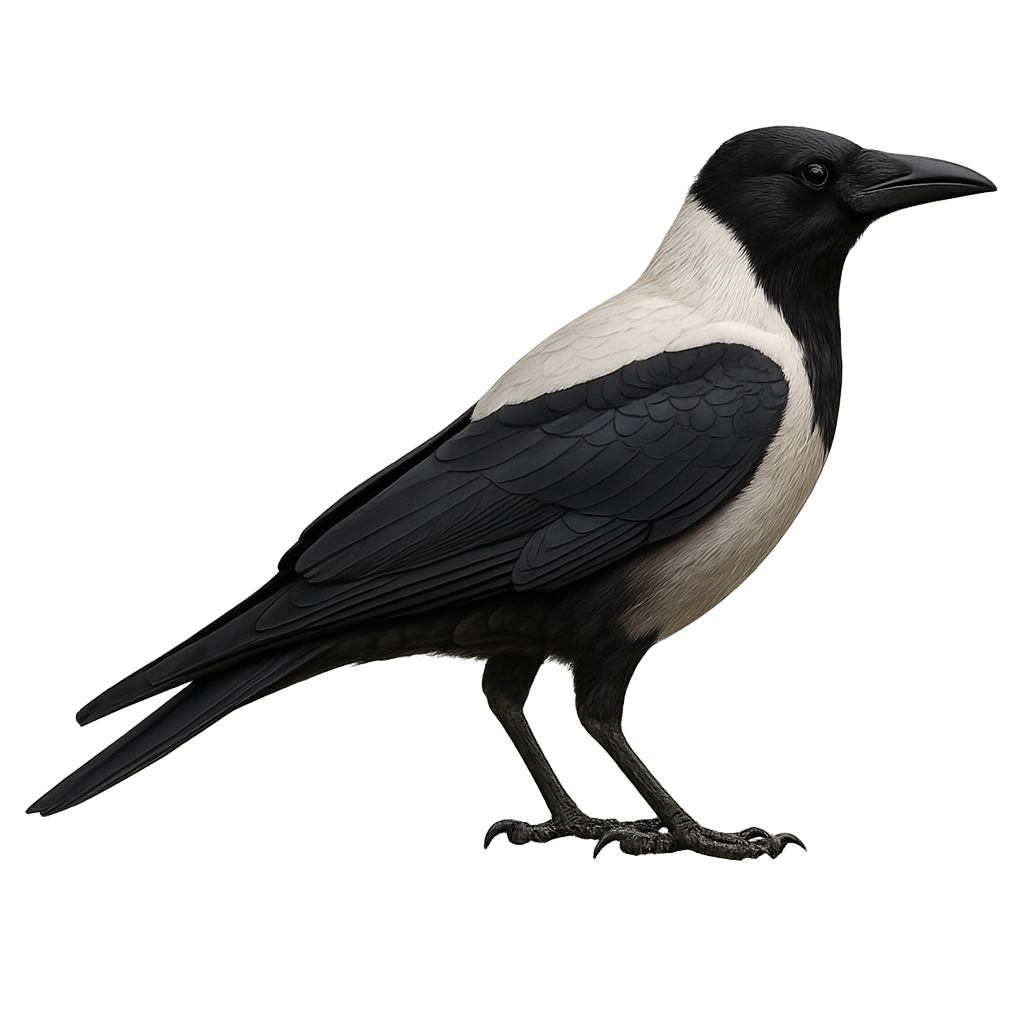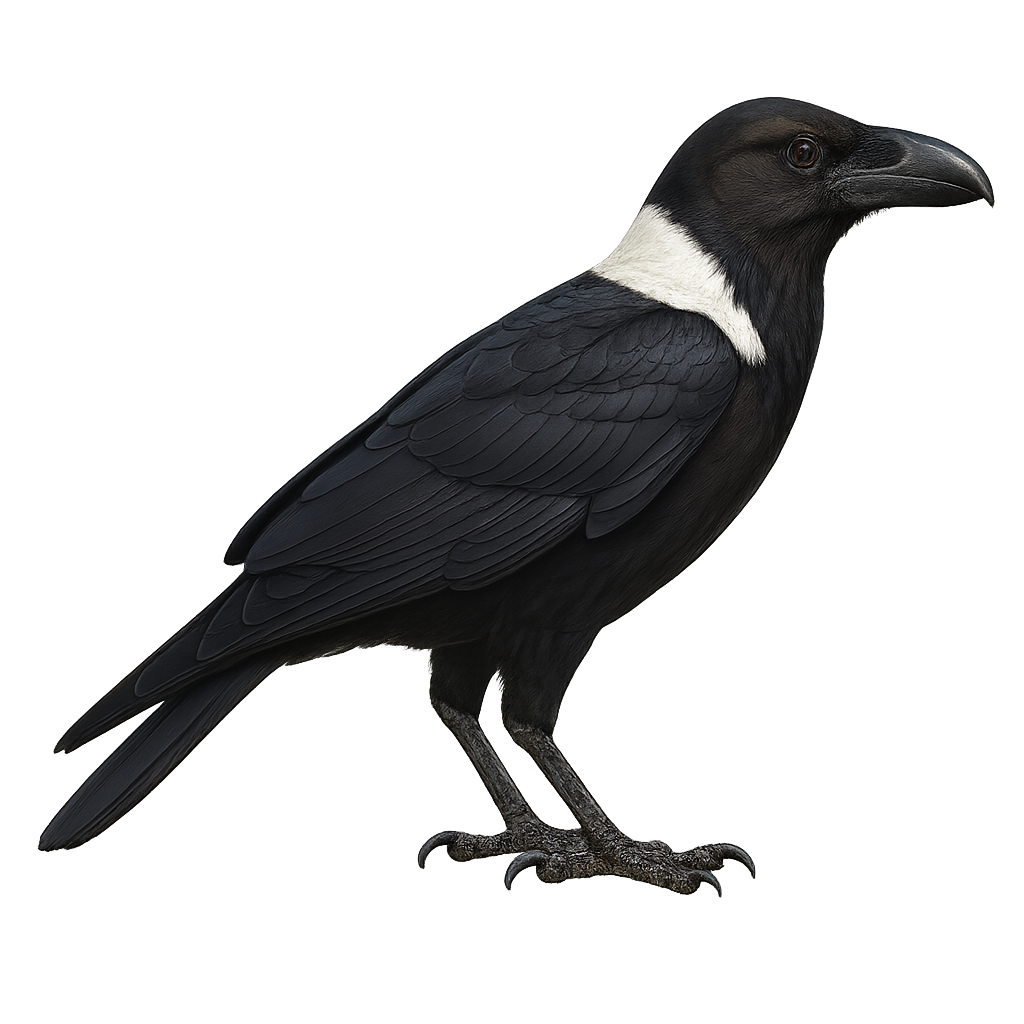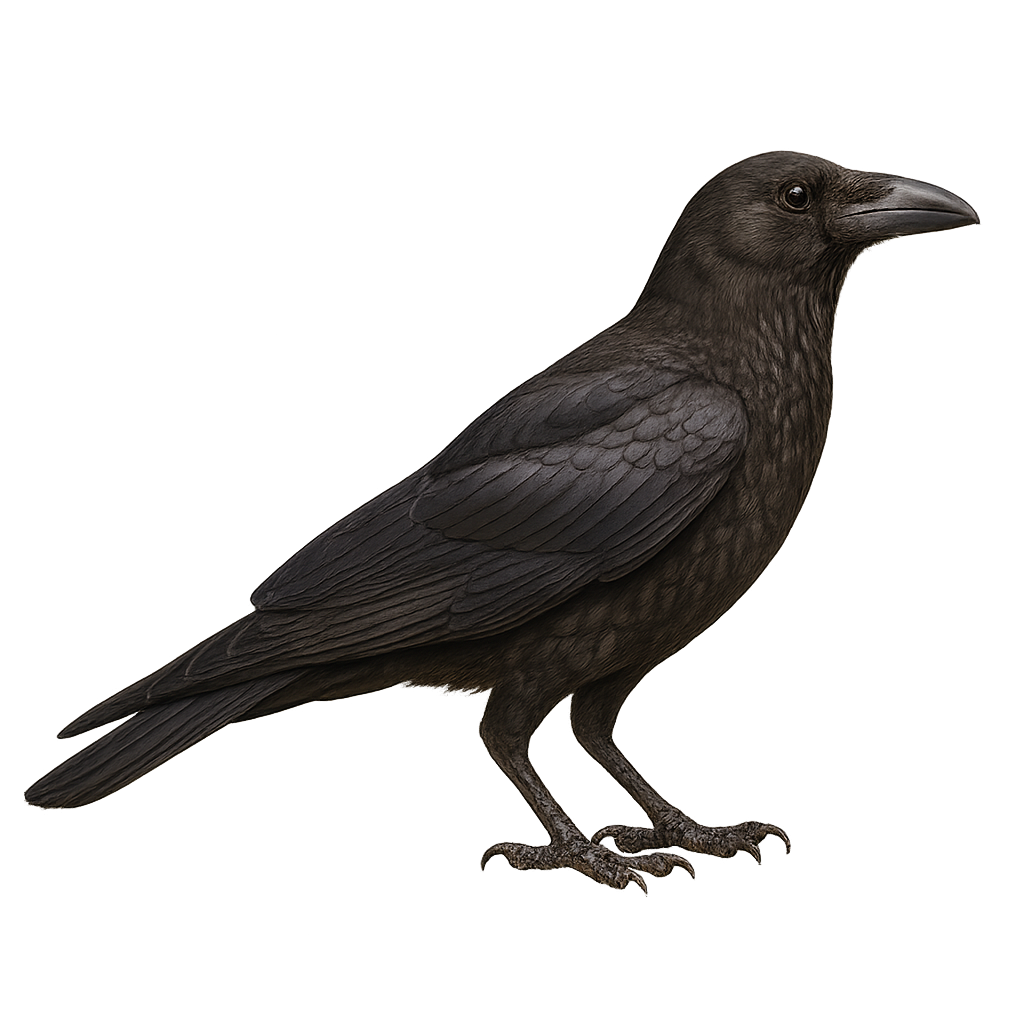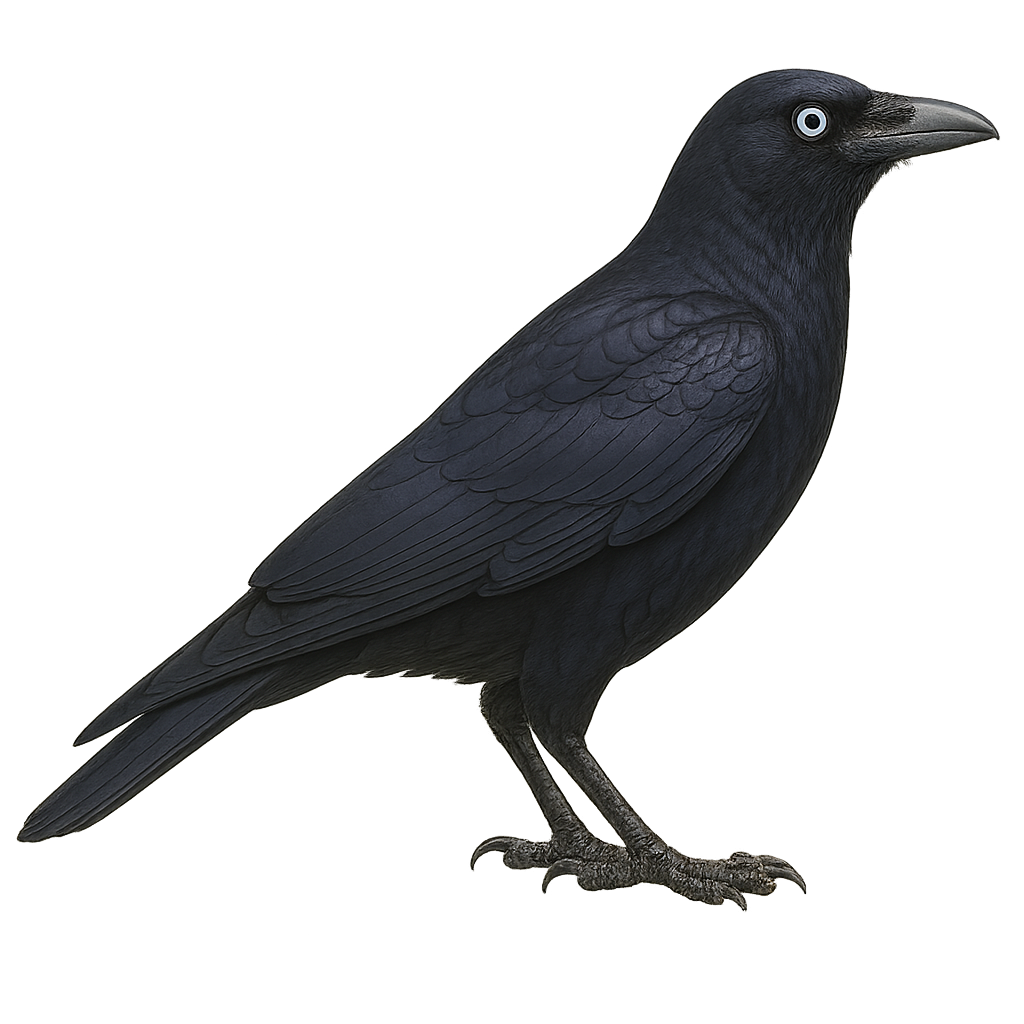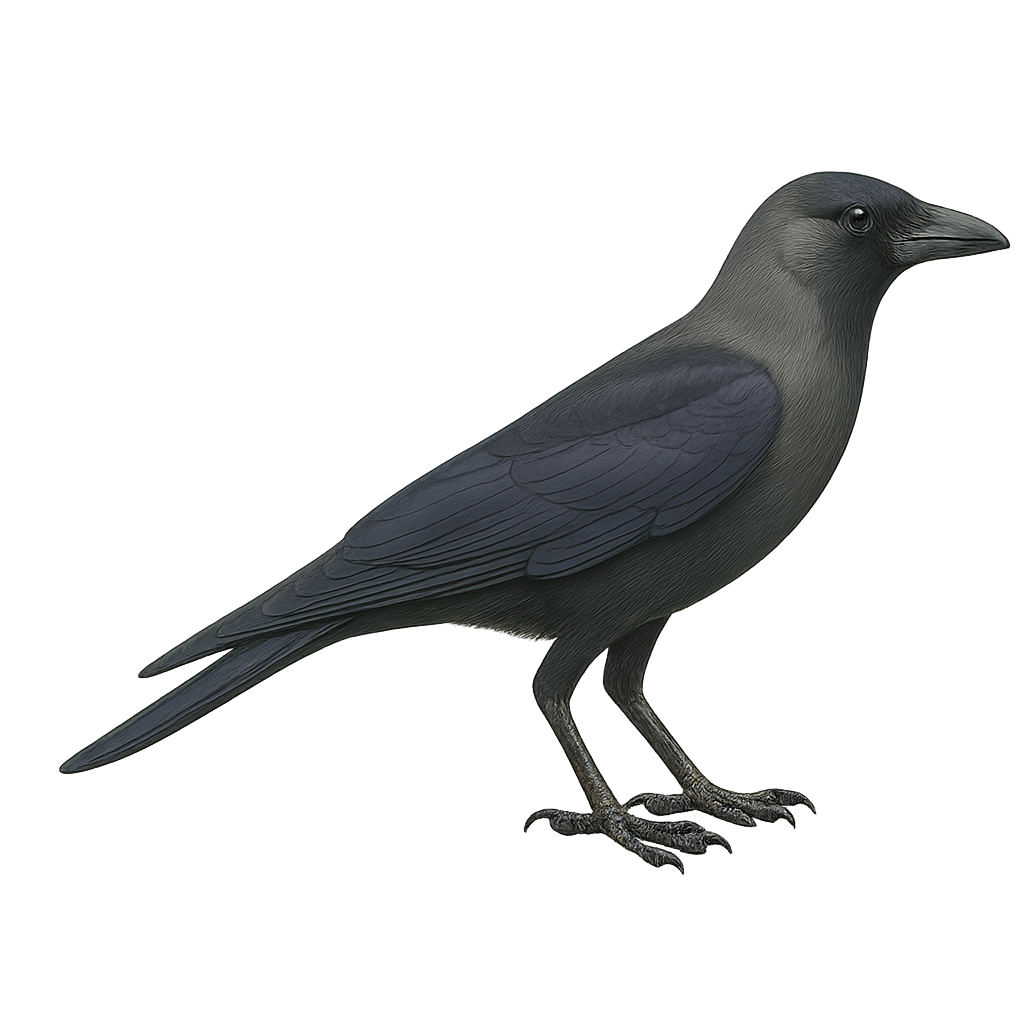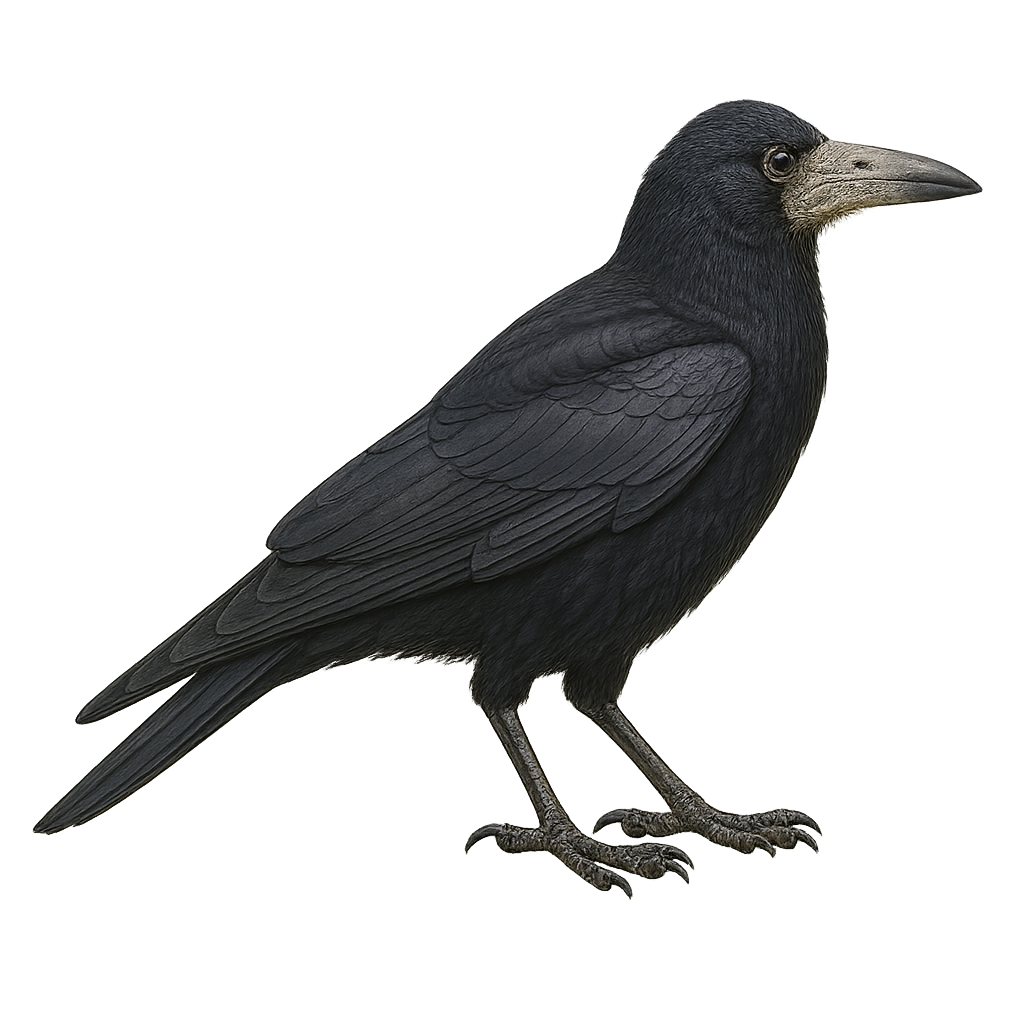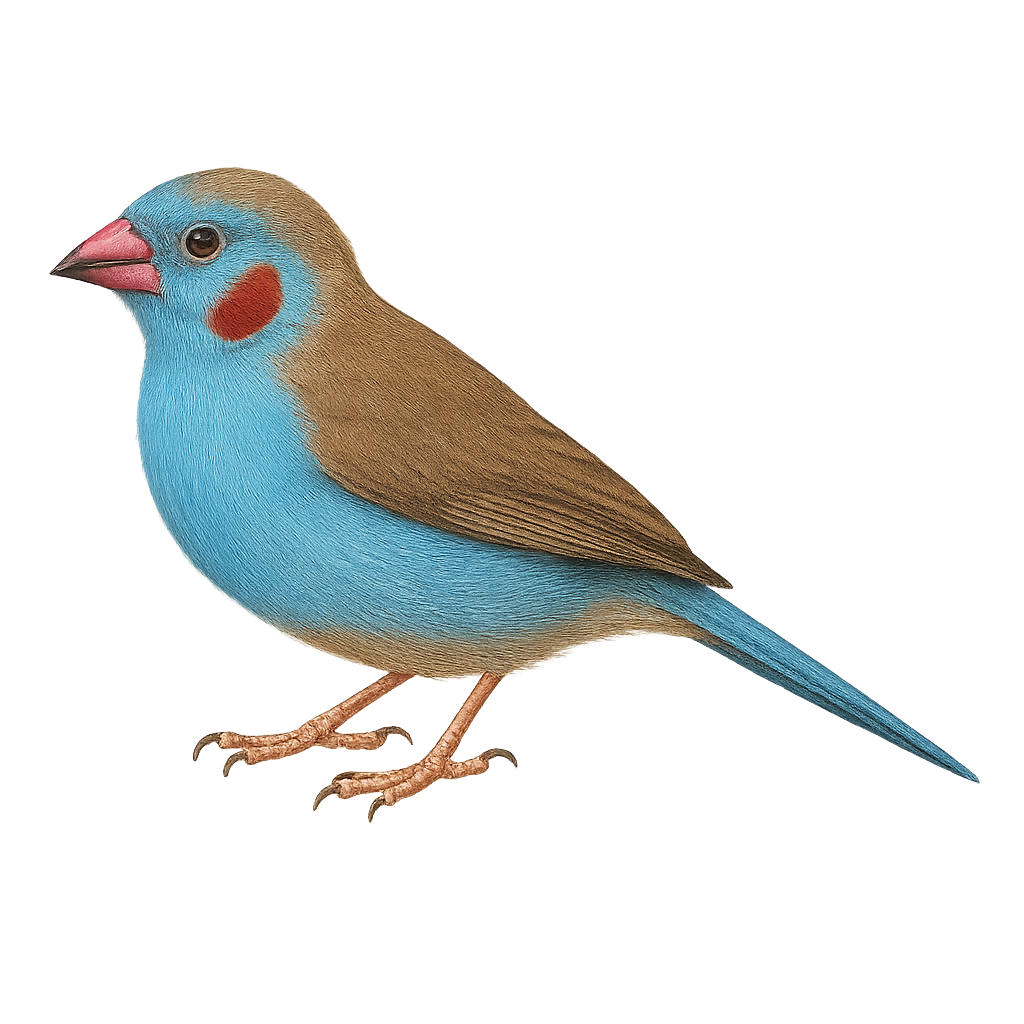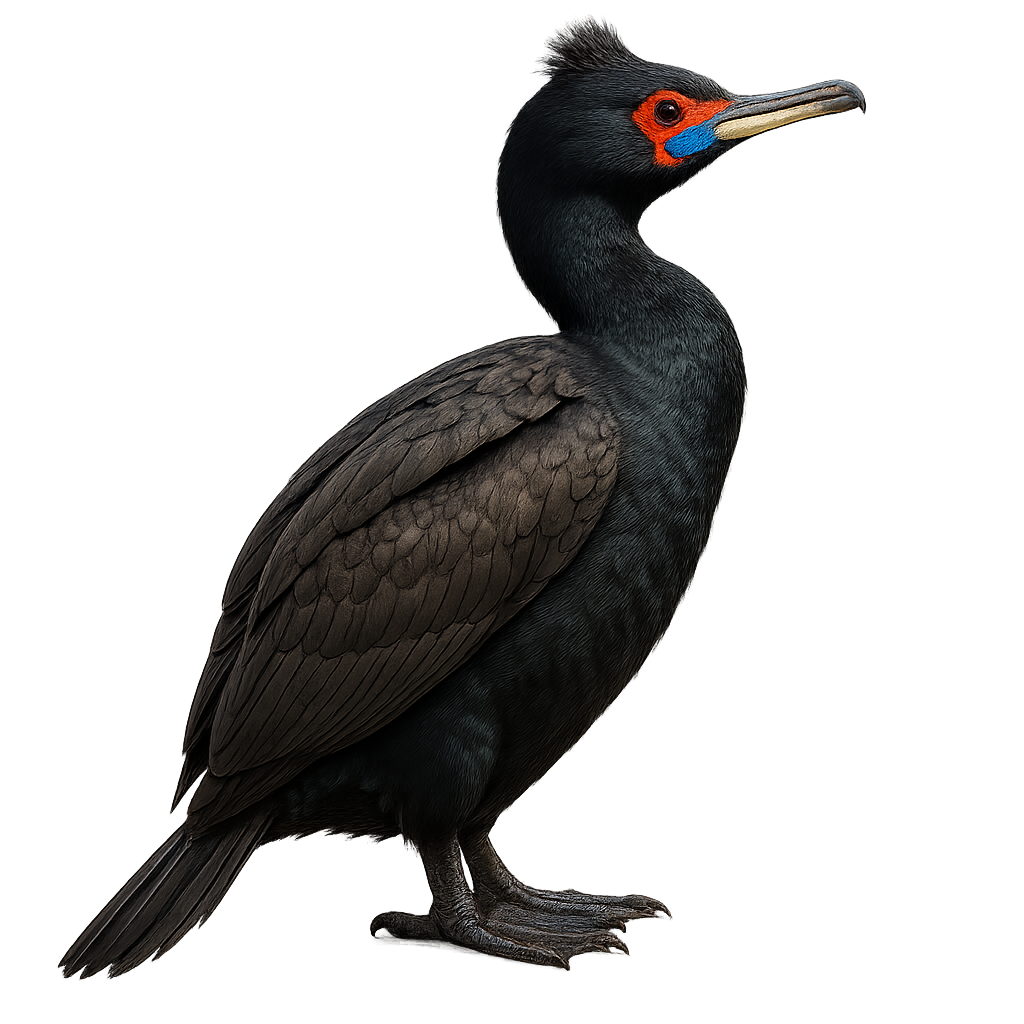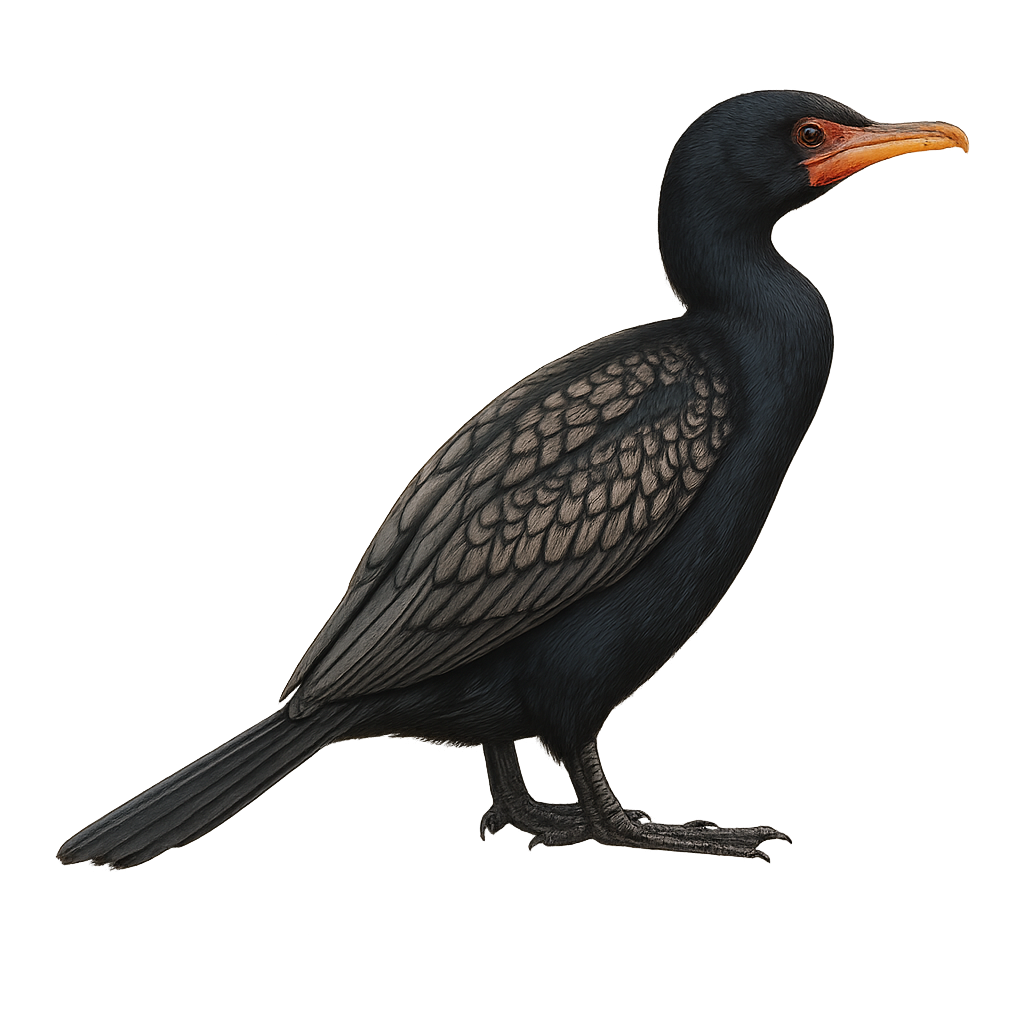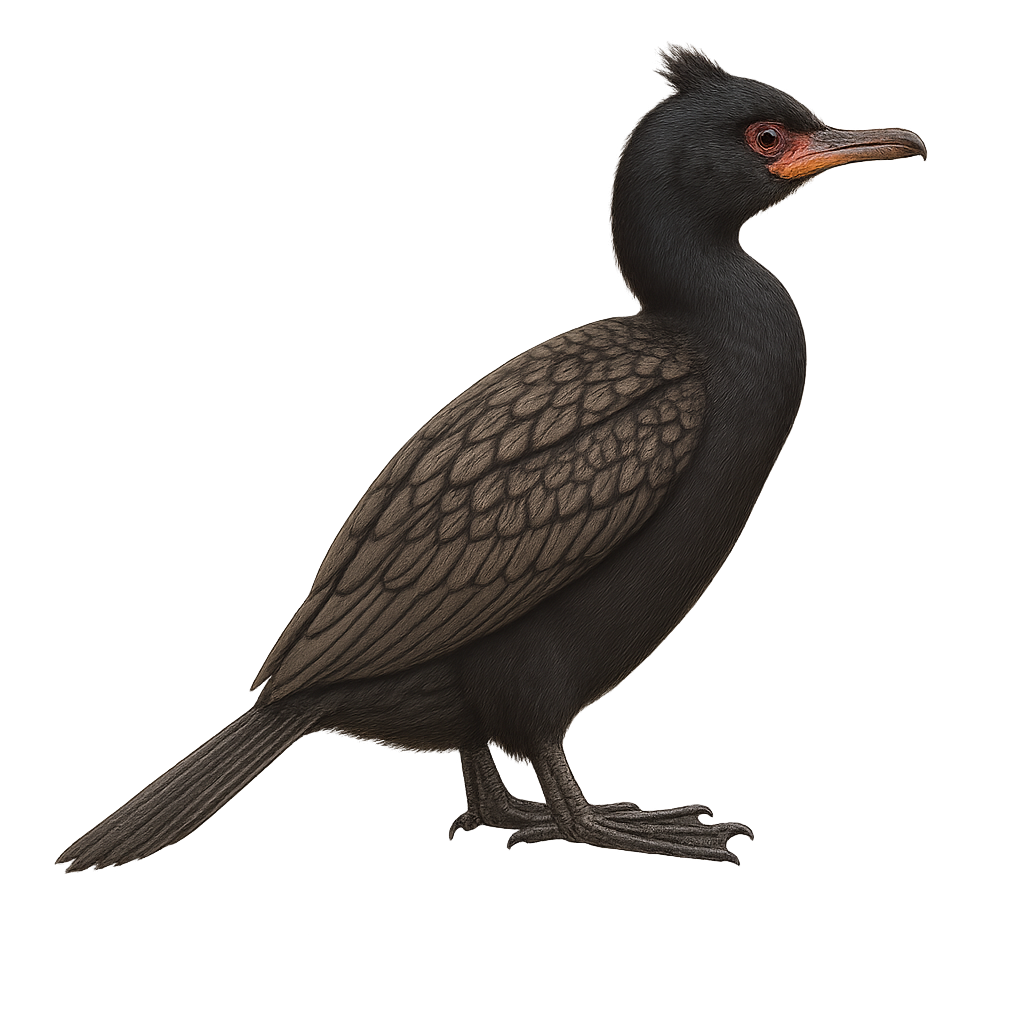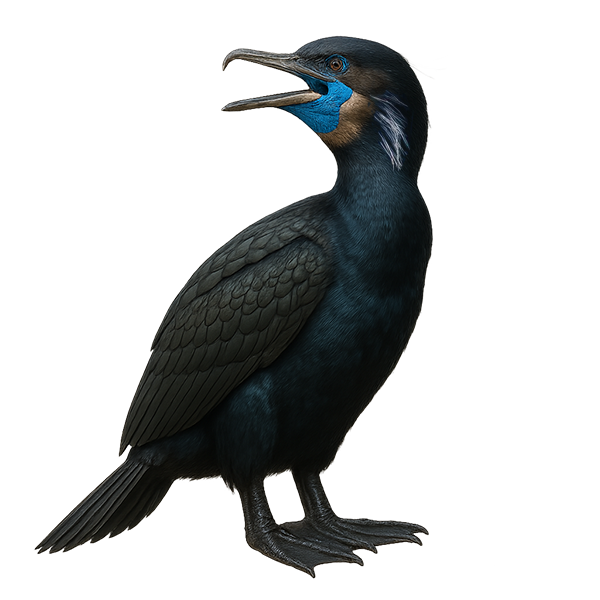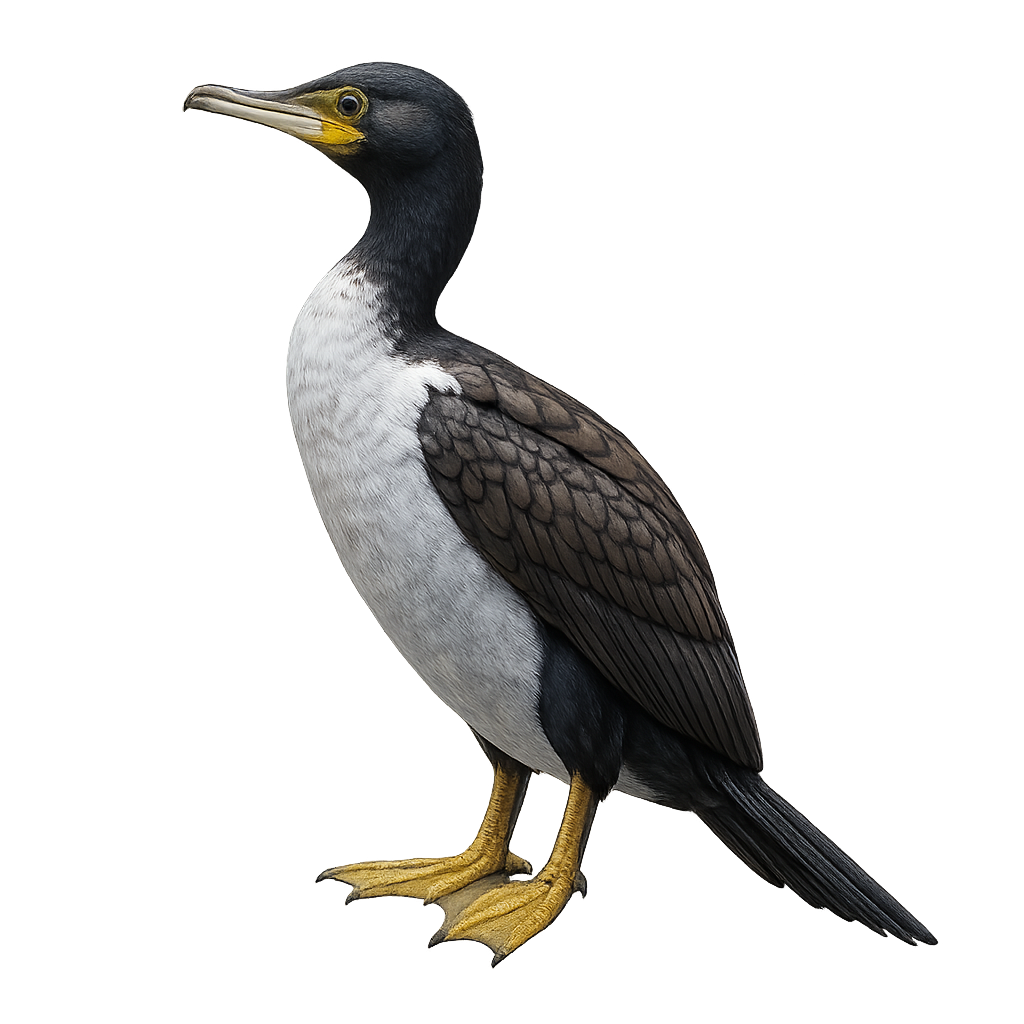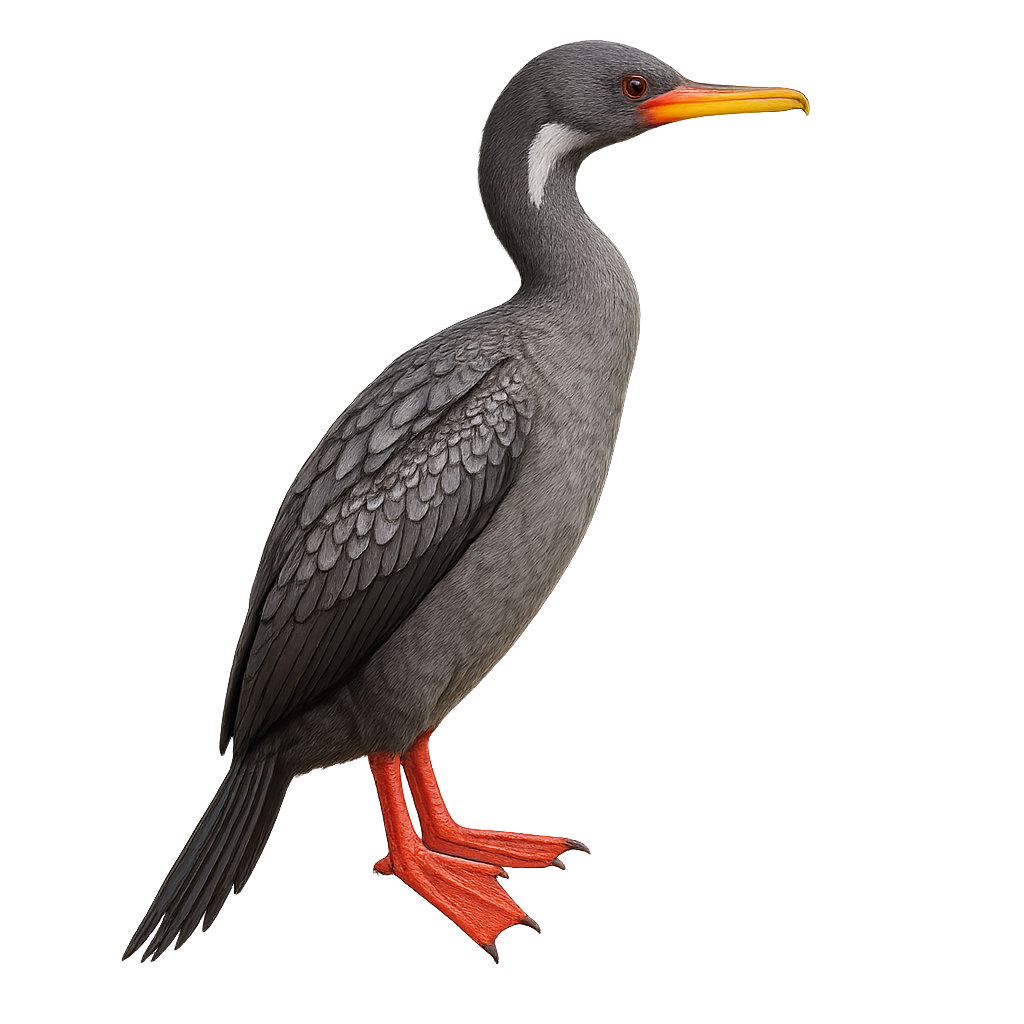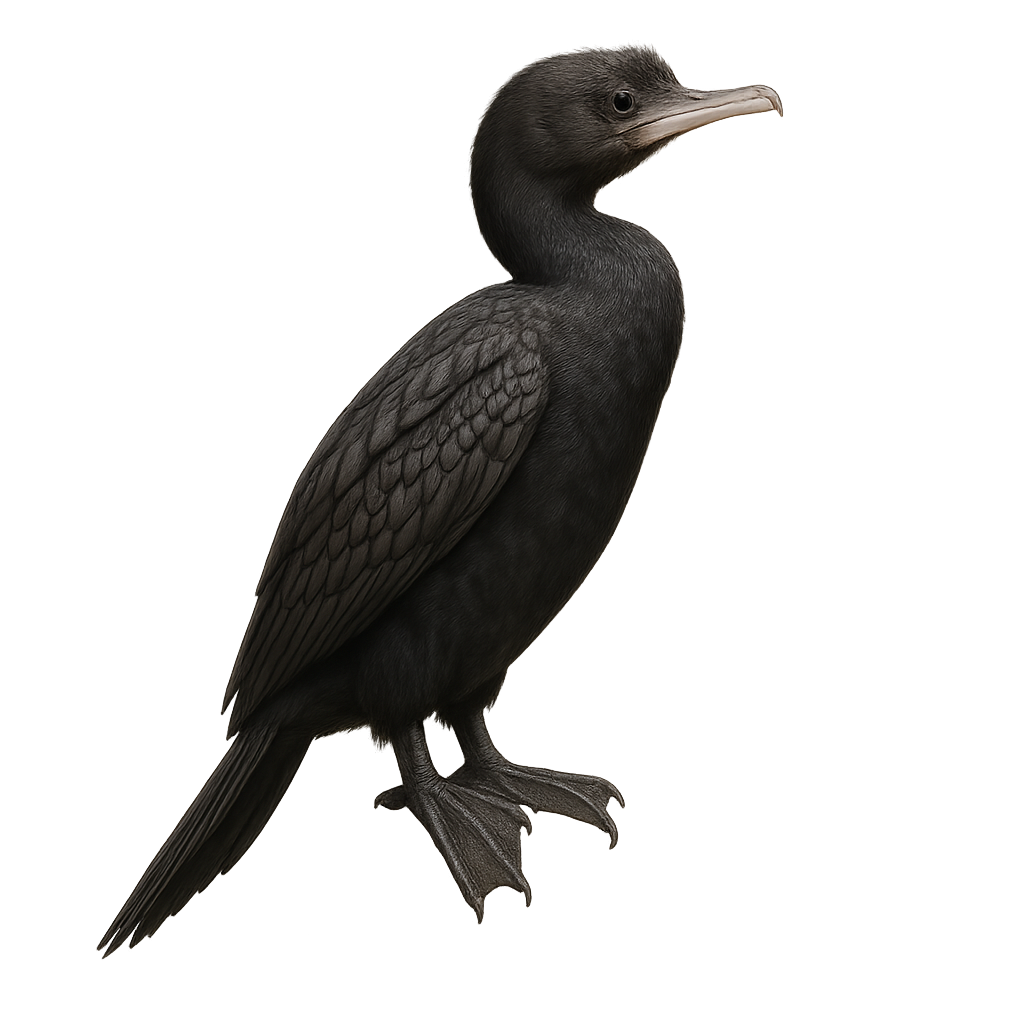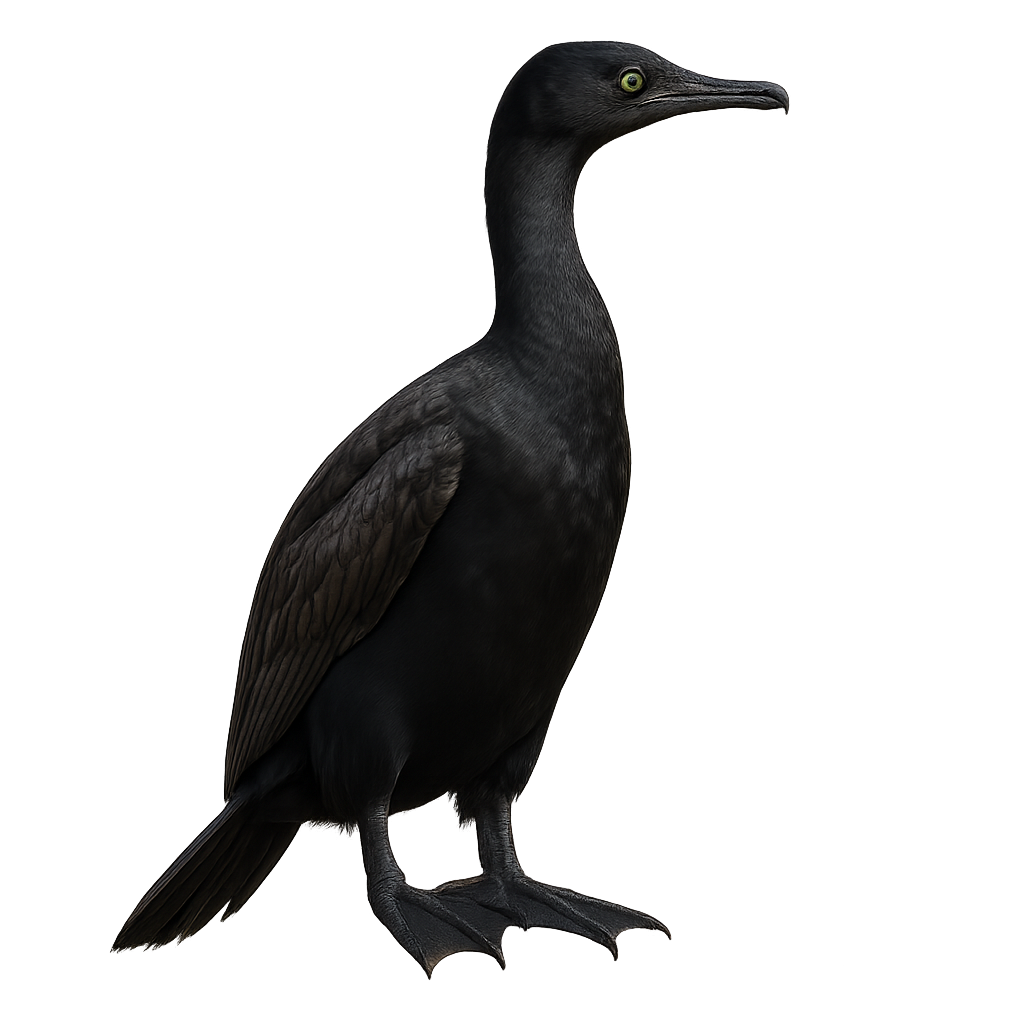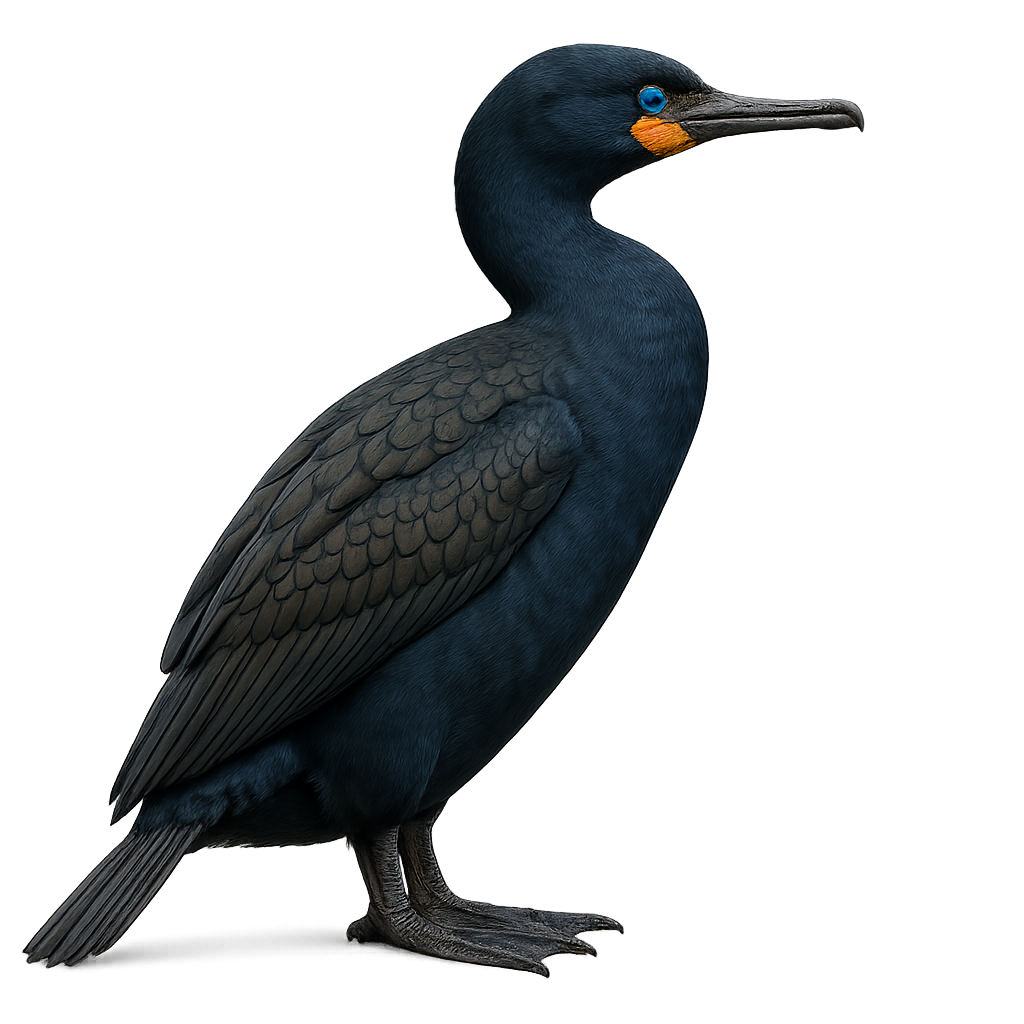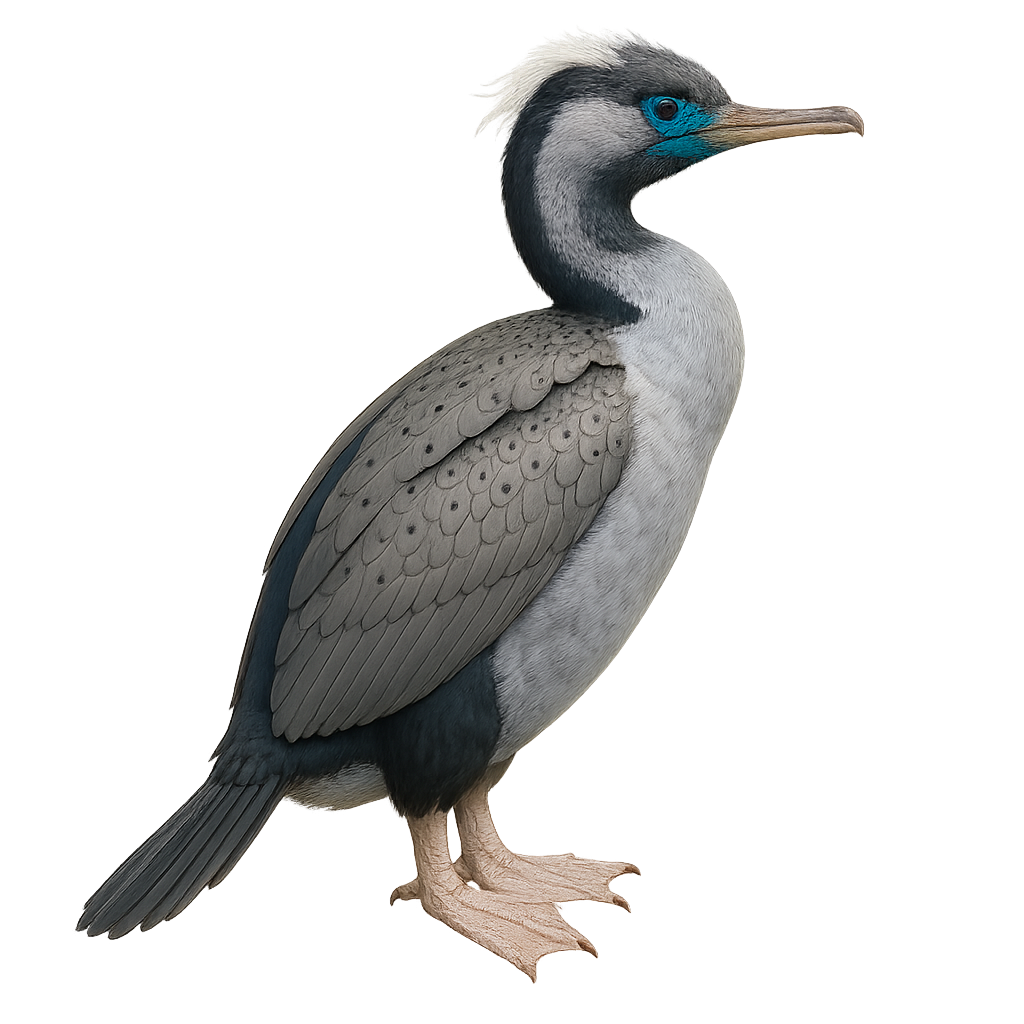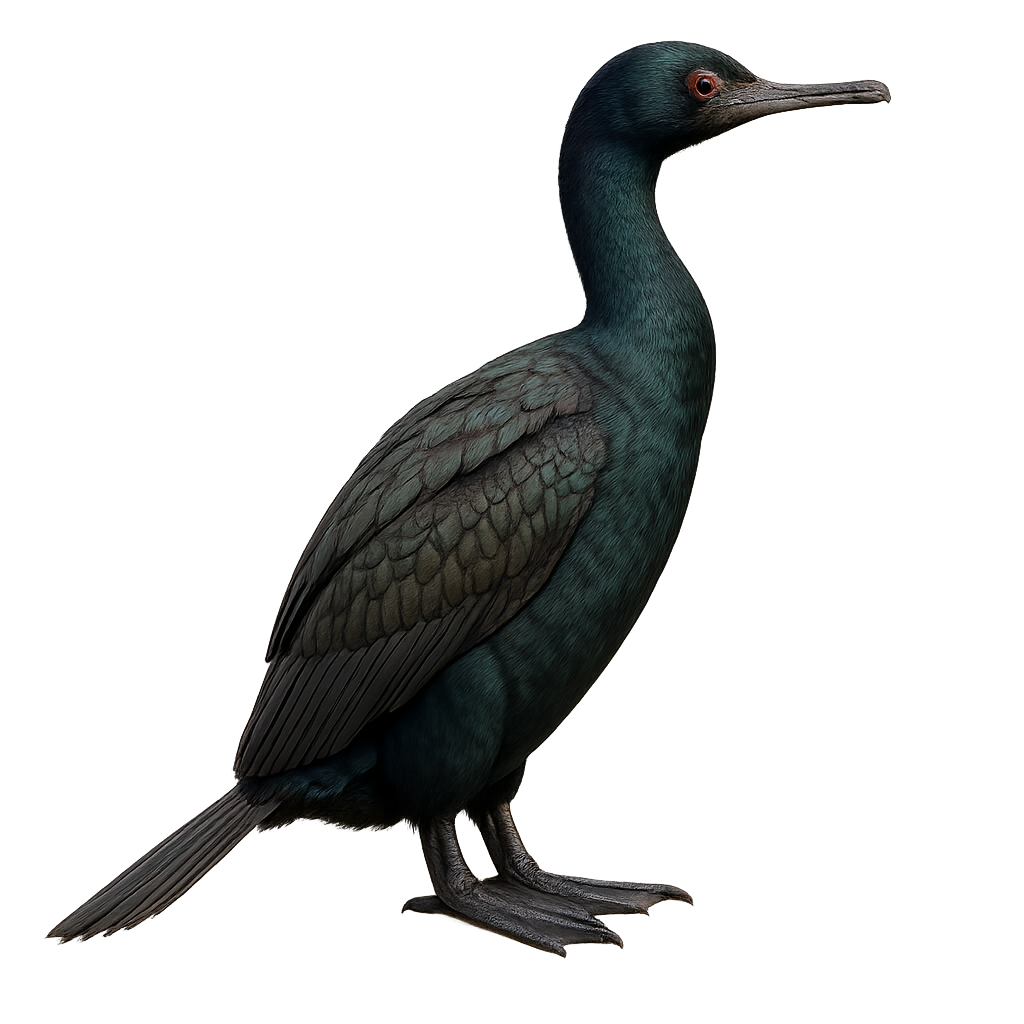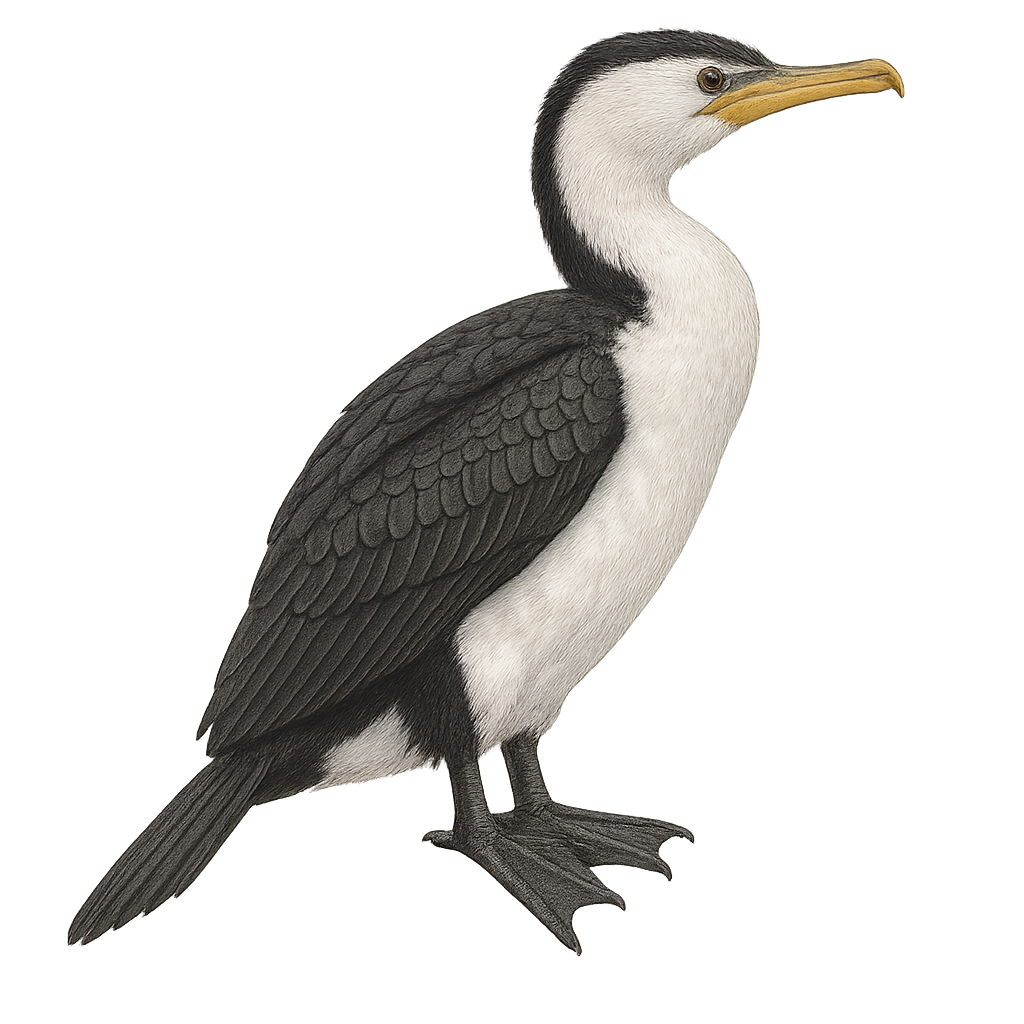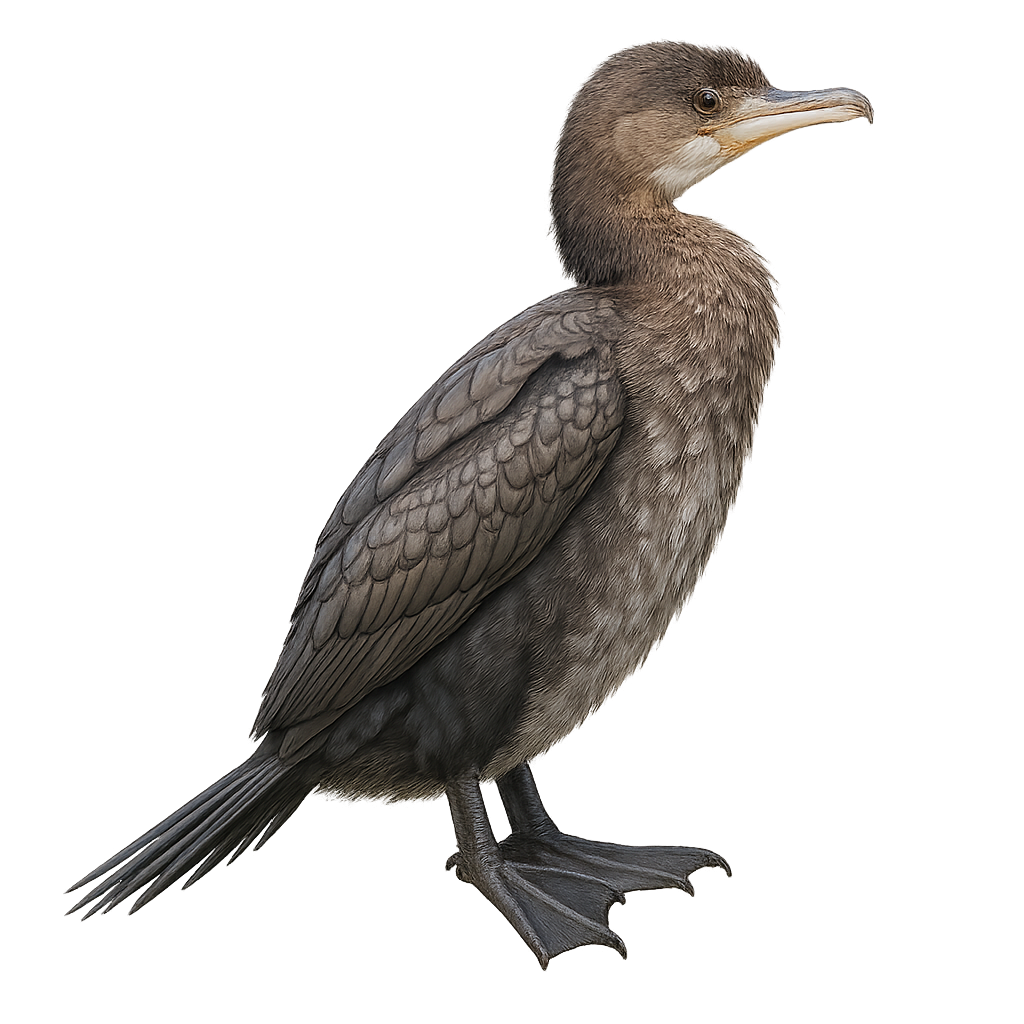The Grey Junglefowl, or Gallus sonneratii, is a pheasant species native to the forests of southern India. Known for its striking plumage, it features shades of grey, black, and metallic sheens. Males have a vivid red comb and wattles, along with neck feathers that resemble golden filaments. These birds are primarily terrestrial, preferring dense forests and wooded areas. They feed on seeds, insects, and small invertebrates. The Grey Junglefowl plays a crucial role in the ecosystem by aiding in seed dispersal. Although relatively common in its natural habitat, it faces threats from habitat loss due to deforestation.
The Ocreatus underwoodii, known as the Booted Racket-tail, is a small hummingbird with a unique appearance. This bird is distinguished by its long racket-shaped tail feathers, giving it a graceful look in flight. Males display bright emerald green plumage, while females are more subdued with softer hues. It is primarily found in the humid forests and forest edges of the Andes, where it feeds mainly on flower nectar and small insects. Its fast and agile flight allows it to move easily between flowers. Although its habitat is threatened by deforestation, it remains relatively common in some areas.
The Black-bellied Thorntail is a small hummingbird native to South America, primarily found in the humid tropical forests of Brazil and Peru. This tiny bird, measuring about 10 cm in length, is easily recognizable by its long, slender tail and iridescent plumage. Males display an emerald green throat and a black belly, while females have more subdued colors. The thorntail feeds mainly on nectar, which it collects while hovering from flower to flower, but it also consumes small insects to supplement its diet. Its rapid and agile flight allows it to navigate through dense vegetation with ease.
The Purple-throated Fruitcrow is a fascinating bird found in the tropical forests of Central and South America. It is distinguished by its glossy black plumage and striking purple throat, giving it a majestic appearance. This bird measures about 28 cm in length and primarily feeds on fruits, but it can also consume insects. The Purple-throated Fruitcrow lives in family groups and is often seen performing acrobatic flights through the canopy. It plays an important role in seed dispersal, aiding in forest regeneration. Although its habitat is threatened by deforestation, it is currently classified as Least Concern by the IUCN.
The Collared Crow, or Corvus torquatus, is a medium-sized bird known for its glossy black plumage and distinctive white collar around its neck. It primarily inhabits regions of East Asia, particularly China, where it frequents agricultural areas, open forests, and urban zones. As an opportunist, it feeds on a variety of foods, ranging from insects to small animals and human waste. Its intelligence and adaptability allow it to thrive in diverse environments. Although often solitary, it can be seen in small groups, especially when foraging. Its voice is harsh and varied, contributing to its complex social communication.
The White-necked Raven is a large bird, easily identifiable by its glossy black plumage and distinctive white neck. It primarily inhabits mountainous regions and plateaus in southern Africa. Known for its remarkable intelligence, it uses tools to feed and is adept at solving complex problems. Its diet is varied, including insects, small animals, and carrion. Often found in groups, it is renowned for its varied vocalizations. Its presence is typically associated with open, rocky landscapes where it can easily find food and nesting sites.
The Somali Crow, scientifically known as Corvus edithae, is a bird endemic to the arid regions of the Horn of Africa. It is distinguished by its glossy black plumage and robust beak. Measuring about 46 cm in length, it is often mistaken for other crows but can be identified by its slightly smaller size and distinctive call. This crow is omnivorous, feeding on fruits, insects, and small animals. It is often seen in small groups, exploring savannas and semi-desert areas. Although relatively common in its habitat, monitoring its status is essential due to environmental changes that may affect its population.
The Torresian Crow, or Corvus orru, is a medium-sized bird, predominantly black with metallic sheens. It is native to Australia and New Guinea, inhabiting a range of environments from tropical forests to urban areas. Known for its remarkable intelligence, this bird adapts well to various habitats. It primarily feeds on insects, fruits, and small animals but is also opportunistic, consuming human waste. Often seen in groups, the Torresian Crow communicates through a variety of calls and vocalizations. Its ability to solve complex problems and use tools is well-documented, making it a fascinating subject for ornithologists.
The House Crow, Corvus splendens, is a medium-sized bird, about 40 cm long. It is recognizable by its glossy black plumage and grayish nape. Native to the Indian subcontinent, it has spread to many tropical and subtropical regions, often in connection with human activity. Opportunistic, it easily adapts to urban and rural environments, feeding on waste, insects, small animals, and fruits. Its intelligence and sociability make it a particularly interesting bird to observe. Although often considered a pest due to its impact on local species, it plays an important role in the ecosystem as a natural cleaner.
The Rook, Corvus frugilegus, is a member of the crow family, easily identified by its glossy black plumage and strong beak. It is often seen in flocks in fields and meadows, feeding mainly on seeds, insects, and small animals. Known for its intelligence, the Rook can use tools to access food. It builds its nests high in trees, forming noisy colonies. Although commonly associated with rural areas, it adapts well to urban environments. Its presence is often seen as an indicator of ecological health, as it plays a crucial role in controlling insect populations.
The Pied Crow, Corvus albus, is a medium-sized bird easily recognized by its distinctive black and white plumage. Its head, wings, and tail are black, while its neck and chest are bright white. This striking contrast makes it unique among corvids. It is widespread in sub-Saharan Africa, adapting to various habitats, from savannas to urban areas. An opportunist, it feeds on a variety of foods, from insects to human waste. Its intelligence and problem-solving abilities are remarkable, typical characteristics of crows. Sociable, it often forms noisy groups, communicating through a series of harsh calls.
The Red-cheeked Cordon-bleu is a small, vibrant bird known for its striking plumage and distinctive red cheeks. Native to sub-Saharan Africa, it inhabits savannas, shrublands, and gardens. Measuring about 12 cm in length, it is easily identified by its bright blue plumage and vivid red cheeks in males, while females have duller colors. Its melodious and soft song is often heard at dawn and dusk. This sociable bird lives in small groups and feeds mainly on seeds and insects. Its breeding is influenced by rainfall, and it builds dome-shaped nests in bushes.
The Red-faced Cormorant, or Urile urile, is a sleek seabird with glossy dark green plumage, a bluish neck, a yellowish bill, and striking red facial skin in adults. Breeding birds also show white patches on the sides of the rump. Juveniles are duller but often show a pale pink base to the bill. Found along rocky coastlines from Alaska’s Kenai Peninsula through the Aleutian and Pribilof Islands to Russia’s Kamchatka Peninsula, Kuril Islands, and northern Japan (Hokkaido). It breeds in colonies on steep cliffs and feeds on fish caught while diving. The population is stable but vulnerable to coastal habitat disturbances.
The Long-tailed Cormorant, or Microcarbo africanus, is a medium-sized aquatic bird commonly found in the wetlands of sub-Saharan Africa. It is characterized by its dark plumage and hooked bill, which is perfect for catching fish. This bird is often seen drying its wings in the sun after a dive. It usually nests in colonies on trees or reeds near water. Although primarily piscivorous, it can also feed on small amphibians and crustaceans. Its ability to dive and swim underwater makes it an efficient hunter. The Long-tailed Cormorant plays an important role in the aquatic ecosystem by regulating fish populations.
The Crowned Cormorant, Microcarbo coronatus, is a medium-sized aquatic bird primarily found along the rocky coasts of southern Africa. Its plumage is predominantly black with metallic green sheen, and it features a distinctive small crest on its head, giving it its name. This cormorant feeds mainly on small fish and crustaceans, which it skillfully catches by diving underwater. It is often seen perched on rocks, drying its wings in the sun. Although its habitat is relatively limited, it adapts well to coastal environments, allowing it to maintain a stable population. However, it remains vulnerable to human disturbances and marine pollution.
The Brandt's Cormorant, or Urile penicillatus, is a medium-sized seabird known for its glossy black plumage and distinctive white plumes on its head during the breeding season. It primarily inhabits the rocky coasts of the North Pacific, from Alaska to Mexico. This cormorant is an adept diver, feeding mainly on fish and crustaceans caught underwater. During the breeding season, it forms dense colonies on cliffs, building nests with seaweed and other marine materials. Although generally silent, it can produce guttural grunts. The Brandt's Cormorant is an important indicator of the health of coastal marine ecosystems.
The Featherston's Shag is a marine bird species endemic to certain coastal regions of New Zealand. It is characterized by its glossy black plumage, often with metallic sheens, and striking blue eyes. This cormorant is typically seen in small groups, nesting on steep cliffs or rocky islets. It primarily feeds on fish and small marine invertebrates, which it skillfully captures by diving underwater. Although its flight is powerful and direct, it spends much time resting on rocks, wings spread to dry its feathers. This species is considered vulnerable due to its limited distribution and threats to its natural habitat.
The Red-legged Cormorant is a distinctive seabird, recognizable by its red legs and slate-gray plumage. It primarily inhabits the rocky coasts of South America, from central Peru to southern Chile. This cormorant feeds mainly on fish, which it skillfully catches by diving underwater. It is often seen perched on rocks, drying its wings in the sun. Its population is considered vulnerable due to habitat degradation and overfishing, which reduces its food resources. Although relatively tolerant of human presence, it remains cautious and prefers less frequented areas.
The Magellanic Cormorant, or Leucocarbo magellanicus, is a medium-sized seabird, predominantly black with a white chest and metallic sheen on its back. It is commonly found along the rocky coasts of South America, particularly in Patagonia. This cormorant is known for its fast, direct flight and its ability to dive deep to catch fish and crustaceans. It nests in colonies on cliffs, using various materials to build its nest. Although generally tolerant of human presence, it can become suspicious if overly disturbed.
The Black-faced Cormorant, Phalacrocorax fuscescens, is a medium-sized aquatic bird primarily found along the southern coasts of Australia. It is distinguished by its striking black and white plumage, with a characteristic black face. Its long, hooked bill is well-suited for fishing. This bird is often seen diving to catch fish and crustaceans. It nests in colonies on rocky islands, building nests with seaweed and twigs. The Black-faced Cormorant is an excellent swimmer, using its webbed feet to propel itself underwater. Although mainly coastal, it can occasionally be spotted in estuaries and lagoons.
The Little Cormorant, Microcarbo niger, is a small aquatic bird measuring about 50 to 55 cm in length with a wingspan of 80 to 90 cm. Its plumage is predominantly black with metallic sheen, and it has a distinctive white throat. This bird is commonly found in South and Southeast Asia, frequenting lakes, rivers, and wetlands. It primarily feeds on fish, which it skillfully captures by diving underwater. The Little Cormorant is an excellent swimmer and diver, using its webbed feet for propulsion. It nests in colonies, often alongside other waterbird species, building branch nests in trees or bushes near water.
The Bank Cormorant, or Phalacrocorax neglectus, is a medium-to-large, stocky marine cormorant, endemic to the kelp forests of the Benguela Current along the coasts of Namibia and South Africa. A rare and elusive resident, it is slightly larger and thicker-necked than the Cape Cormorant. Adults show a black throat patch (not orange) and honey-brown eyes, giving them a plain facial appearance. The head is rather flat with a low crest that may appear as a bulbous forehead. In flight, it resembles the Cape Cormorant unless the characteristic white back—seen mostly during breeding—is visible. Immatures are duller but retain the adult’s typical shape. Best observed at roosting sites.
The Cape Cormorant, or Phalacrocorax capensis, is a medium-sized seabird known for its glossy black plumage and striking turquoise eyes. It is primarily endemic to the South African coast, where it frequents coastal waters and rocky islands. This cormorant is an excellent diver, capable of descending several meters to catch fish and crustaceans. It nests in dense colonies, often on cliffs or islets, where it builds rudimentary nests with seaweed and debris. Although its flight is powerful and direct, it is often seen drying its wings in the sun after fishing.
The Macaroni Cormorant is a large aquatic bird, easily recognized by its slender silhouette, glossy black plumage, and the tuft of feathers on top of its head, which gives it its name. It has a long, pointed beak, perfectly adapted to catching fish, which it captures by diving underwater. Macaroni cormorants are often seen on rocky coastlines, islands, or along marine shores, where they form large breeding colonies.
This cormorant primarily feeds on fish, but also consumes crustaceans and mollusks. It is an exceptional diver, capable of diving to considerable depths to hunt its prey. Although its population remains relatively stable, it is threatened in certain regions by habitat disruption, water pollution, and competition with other fishing birds. It is mainly found in the Mediterranean and along certain Atlantic coasts of Europe.
The Spotted Shag, or Phalacrocorax punctatus, is a marine bird endemic to New Zealand. It is notable for its unique plumage, with spotted patterns on its back and wings, and a lighter shade on its belly. During the breeding season, it sports a distinctive crest on its head. This cormorant is often seen along rocky coastlines, where it primarily feeds on fish and small marine invertebrates. It skillfully dives to catch its prey, using its wings to propel itself underwater. Although relatively common in its natural habitat, it remains sensitive to human disturbances and marine pollution.
The Pelagic Cormorant, Urile pelagicus, is a medium-sized seabird known for its glossy black plumage with green and purple sheens. It has a long neck and a slender, hooked bill, perfect for catching fish. This bird is commonly found along the rocky coasts of the North Pacific, from Alaska to California. It nests on steep cliffs, often in colonies, and feeds mainly on fish and small marine invertebrates. Although generally solitary outside the breeding season, it can be seen in small groups while hunting. Its flight is fast and direct, with regular wing beats.
The Little Pied Cormorant, Microcarbo melanoleucos, is a small aquatic bird known for its striking black and white plumage. It primarily inhabits freshwater bodies but can also be found in estuaries and coastal areas. Its slender, hooked bill is well-suited for catching small fish and aquatic invertebrates. During the breeding season, it nests in colonies, often in trees or shrubs near water. The Little Pied Cormorant is a social bird, frequently seen in small groups, and is noted for its diving fishing technique. Although widespread, it is sensitive to habitat disturbances.
The little cormorant is a small cormorant, 45–55 cm long, with glossy black plumage and white wing patches in flight, inhabiting marshes, lakes, rivers and freshwater wetlands. It feeds mainly on fish by diving beneath the surface. During breeding, pairs build stick nests in waterside trees or shrubs, and the male displays by erecting head and neck feathers.
The neotropic cormorant is a medium-sized waterbird (65–75 cm) with glossy black plumage accented by bronze tinges on the back and white underparts. It inhabits freshwater bodies and coastal areas, fishing in groups through successive dives to catch fish and crustaceans.
The American Crow, scientifically known as Corvus brachyrhynchos, is a medium-sized bird, measuring about 40 to 50 cm in length with a wingspan of 85 to 100 cm. Its plumage is entirely black with metallic sheens under light. This bird is highly adaptable and can be found in various habitats, including forests, fields, and even urban areas. It is omnivorous, feeding on fruits, insects, small animals, and human waste. The American Crow is known for its remarkable intelligence, capable of using tools and solving complex problems. It usually lives in groups and communicates through a series of calls and caws.


